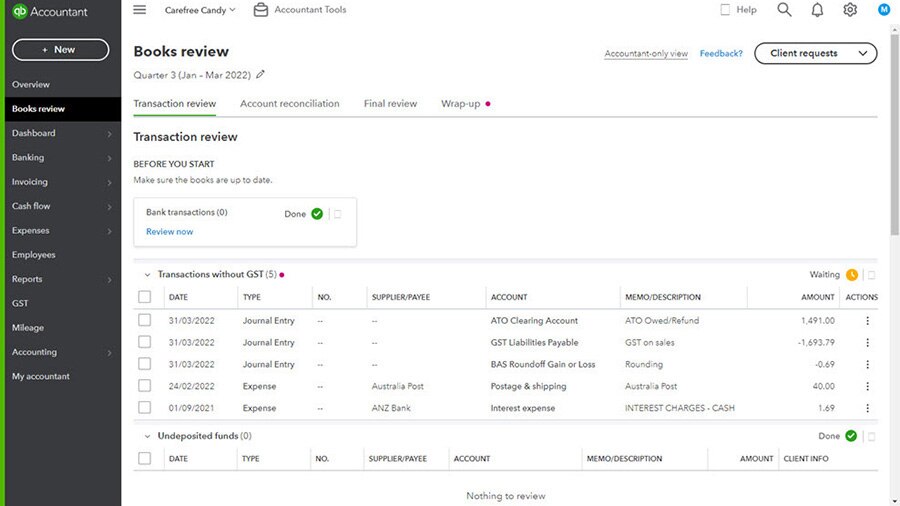From cash flow to profitability, there are lots of metrics that can provide a picture of the financial health of your business. Together, they all help you understand how you're tracking, what's working and where there's room for improvement.
Annual turnover is just one of the key markers you can use to get a good idea of how well your business is performing each year.
But what exactly does annual turnover mean and how can you calculate it? Here's a quick explainer.
















